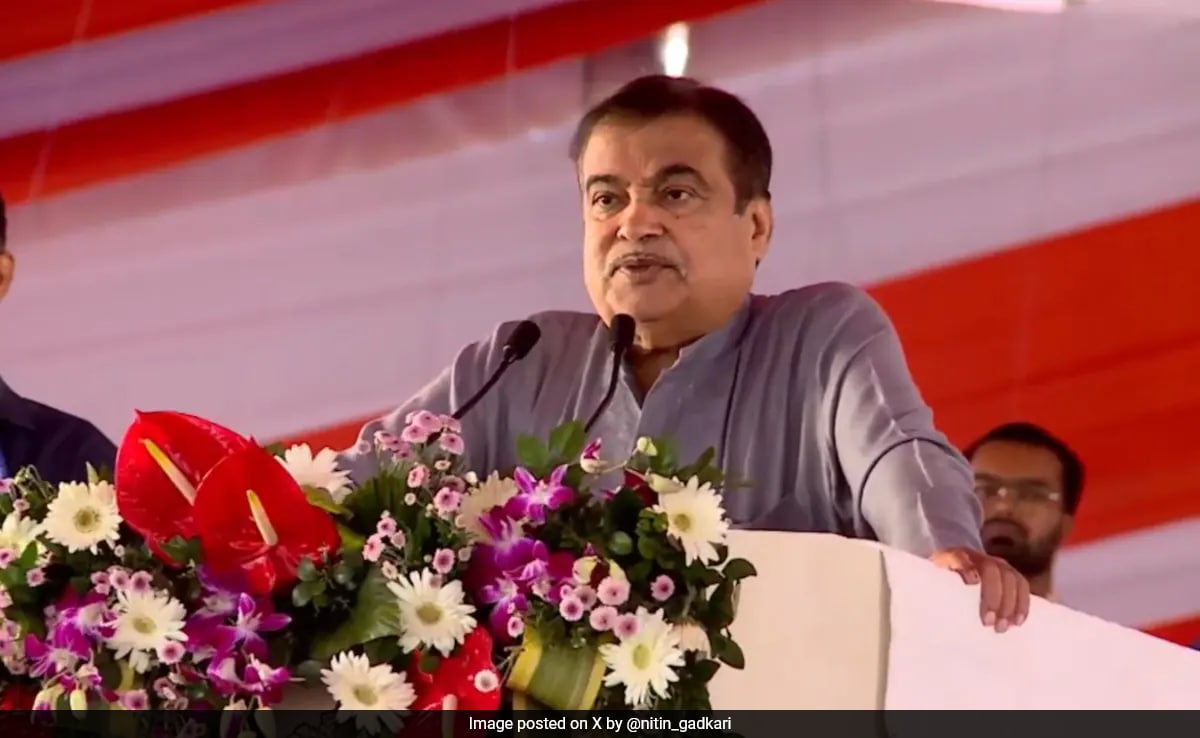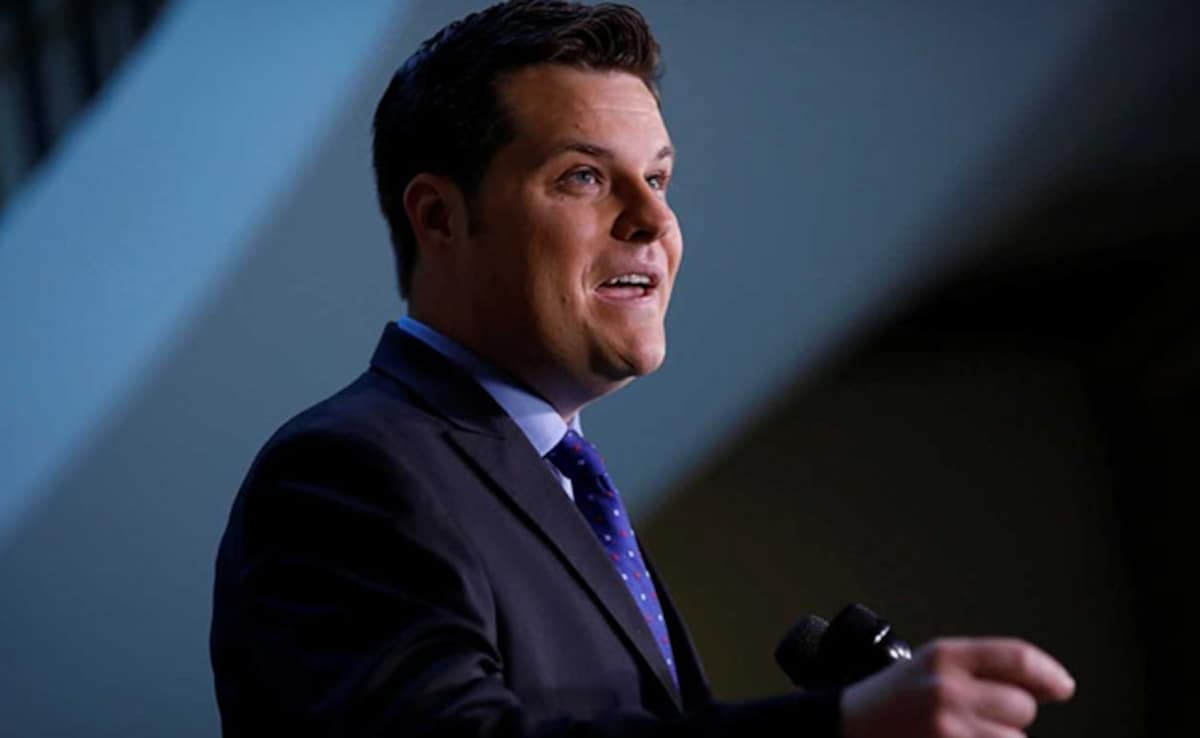It was a politically charged weekend. The Bharatiya Janata Party (BJP) held its extended national council meeting at New Delhi’s Bharat Mandapam, the venue of the G20 event. Rahul Gandhi’s Yatra 2.0 entered Uttar Pradesh to be greeted by the news that Samajwadi Party’s (SP) Akhilesh Yadav had abandoned his plans to join the rally at Amethi. Another I.N.D.I.A bloc entity, Trinamool Congress’s (TMC) Mamata Banerjee, who was the first to abandon the Congress, ran into rough weather as reports of harassment of women by TMC leaders in Sandeshkhali hogged media attention.
Amidst all this, Congress strongman Kamal Nath left behind his scheduled programme on his turf, Chhindwara, to fly to Delhi with his son Nakul. This triggered speculation that attrition in the ranks of the Grand Old Party was now becoming a continuing process. Crisis seems to be becoming synonymous with Congress: some are full-blown, others are brewing. If it’s true that even Kamal Nath, once described as Indira Gandhi’s ‘third son’, is today feeling stuck and contemplating options, then it may be a harbinger of a larger exodus of time-tested loyalists.
In case Kamal Nath decides to cross over to the Bharatiya Janata Party (BJP), he will be the 10th ex-Congress chief minister to do so in the past 10 years. Amarinder Singh (Punjab), Digambar Kamat (Goa), S.M. Krishna (Karnataka), Vijay Bahuguna (Uttarakhand), N.Kiran Reddy (undivided Andhra), Pema Khandu (Arunachal), late Narayan Datt Tiwari (Uttarakhand, and earlier Uttar Pradesh), and, most recently, Ashok Chavan (Maharashtra), are a few who have jumped ship in the past. Besides, three sitting BJP chief ministers-Himanta Biswa Sarma (Assam), N.Biren Singh (Manipur) and Manik Saha (Tripura)-are former Congressmen. Many former Pradesh Congress presidents too have quit in the party’s Rahul Gandhi era.
Congress No Longer In The Driver’s Seat
Rahul’s Yatra 2.0 had its moment of glory when it was exiting from Bihar and the Rashtriya Janata Dal’s (RJD) Tejashwi Yadav joined him in the Sasaram region. Photographs of him driving a jeep with Rahul beside him and Congress veteran and former Lok Sabha Speaker Meira Kumar in the backseat were symbolic of perhaps the fact that the Congress no longer occupies the driver’s seat in national politics.
After being defeated by Smriti Irani in 2019, Monday was the first time Rahul visited his former constituency, Uttar Pradesh’s Amethi. This comes on the heels of Sonia Gandhi opting out of the 2024 contest in neighbouring Rae Bareli (which has been a family bastion since 1952). Poor health, she said, made her choose the Rajya Sabha route to remain an MP. The BJP, meanwhile, has denied tickets to seven ministers who are Rajya Sabha MPs, asking them to contest the Lok Sabha elections instead. The beeline for the Rajya Sabha within the Congress is in sharp contrast to this outreach.
Sonia’s emotional farewell note to Rae Bareli voters also did not assure them that a member of her family would replace her as Congress candidate. True, Priyanka Vadra’s name has cropped up from time to time. However, in the absence of a categorical statement from the party, and with speculation that Mallikarjun Kharge may contest the seat, ambiguity persists.
I.N.D.I.A Bloc, Wasnik Panel – Rudderless Ships
The I.N.D.I.A bloc (which Amit Shah calls a ‘coalition of seven families’) is still officially functioning, though seat-sharing talks have run aground in most states, with parties like the TMC, the Aam Aadmi Party (AAP) and the SP suo motu announcing candidates for several seats. The Uddhav Thackeray-led Shiv Sena and the Sharad Pawar-led Nationalist Congress Party (NCP) factions in Maharashtra have also posed problems for the Grand Old Party in the state. The AAP, meanwhile, which aims to displace the Congress as the main opposition party by 2029, has asserted its newly gained status of a national party by naming candidates in Assam, Gujarat, Goa, and Haryana, and showing the thumb to the Congress in Punjab and Delhi.
The five-member panel under Mukul Wasnik set up by the Congress for seat-sharing talks has cut a sorry figure too. The panel has to seek directions from party chief Mallikarjun Kharge, who, in turn, tells it to consult Rahul. He then further rolls the ball towards organisation general secretary K.C.Venugopal. And as Rahul and Venugopal keep busy with Yatra 2.0, the Wasnik panel is left twiddling its thumbs in Delhi. Herein lies the glaring truth of the I.N.D.I.A bloc becoming a non-starter.
There are five power centres in the Congress: the three Gandhis, Kharge, and Venugopal. Among the Gandhis themselves, there is a lack of consensus over many issues, differences that have become common talk within the top echelons of the party. Besides Venugopal, Randeep Surjewala and Jairam Ramesh constitute the charmed circle around Rahul. The recent exodus from the party is being attributed to the bedazzled trio of Venugopal, Surjewala and Ramesh.
A BJP That’s Only Growing Stronger
This directionless meltdown in Congress is occurring in parallel to the focused consolidation within the BJP. In the National Council meeting of the ruling party, which was attended by nearly 11,000 delegates, including panchayat-level leaders, Modi set the target of winning 370 seats for his party and over 400 seats for the NDA. The target of adding 370 votes in each of the 87,000 polling booths across the country is seemingly a tribute to Jan Sangh founder Shyama Prasad Mookerjee, who sought the abrogation of Article 370 in 1952, a task fulfilled by the present regime in 2019.
Besides micro-management of polling booths, Modi’s skill of never letting go of an opportunity to build a narrative that combines legacy and aspiration has given the BJP an edge over other parties. This time, “370” is the party’s battle cry. At the event at Bharat Mandapam, Modi advised his party cadres to show with proof, if necessary with photographs, the difference the Modi regime has effected in the past decade; pay special attention to youth, particularly first-time voters; showcase the implementation of manifesto promises like the abolition of Article 370, the building of the Ram Temple, as well as the implementation of a slew of schemes that have created a sea of labharthis (beneficiaries).
While the opposition flounders and attacks Modi, with Rahul Gandhi professing to run a ‘Mohabbat ki dukaan’, the seasoned ‘event manager’ (a tribute from Lal Krishna Advani to the organiser of the first lap of his 1990 Ram Rath Yatra) in Narendra Modi, ably assisted by Amit Shah, J.P. Nadda and B.L. Santhosh, is crafting a strategy that may catapult the BJP to an unassailable position. Modi’s is a thousand-year perspective this time.
(Shubhabrata Bhattacharya is a retired Editor and a public affairs commentator.)
Disclaimer: These are the personal opinions of the author.













